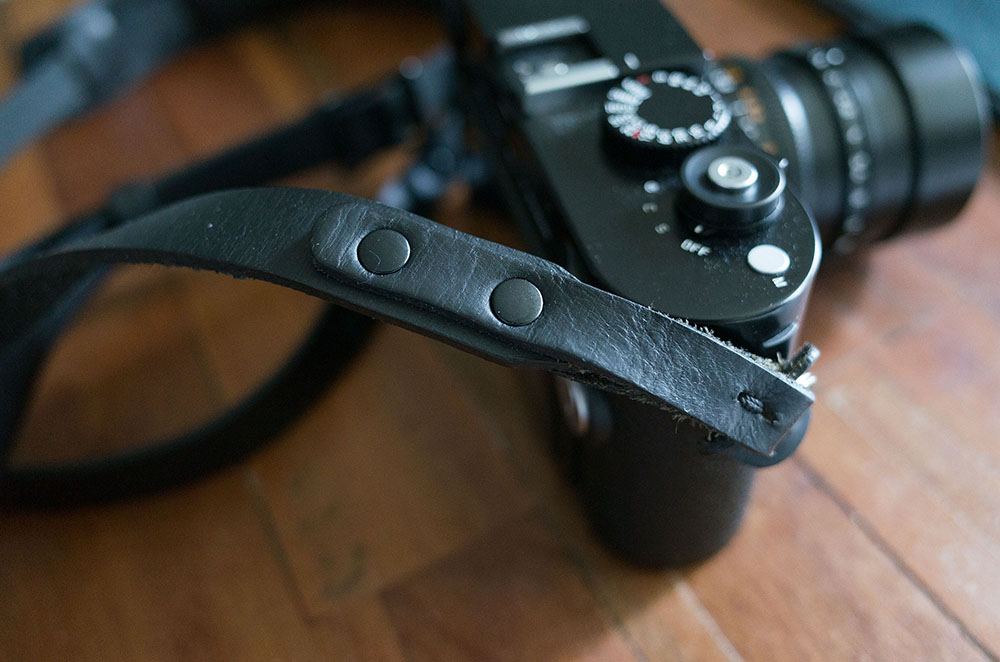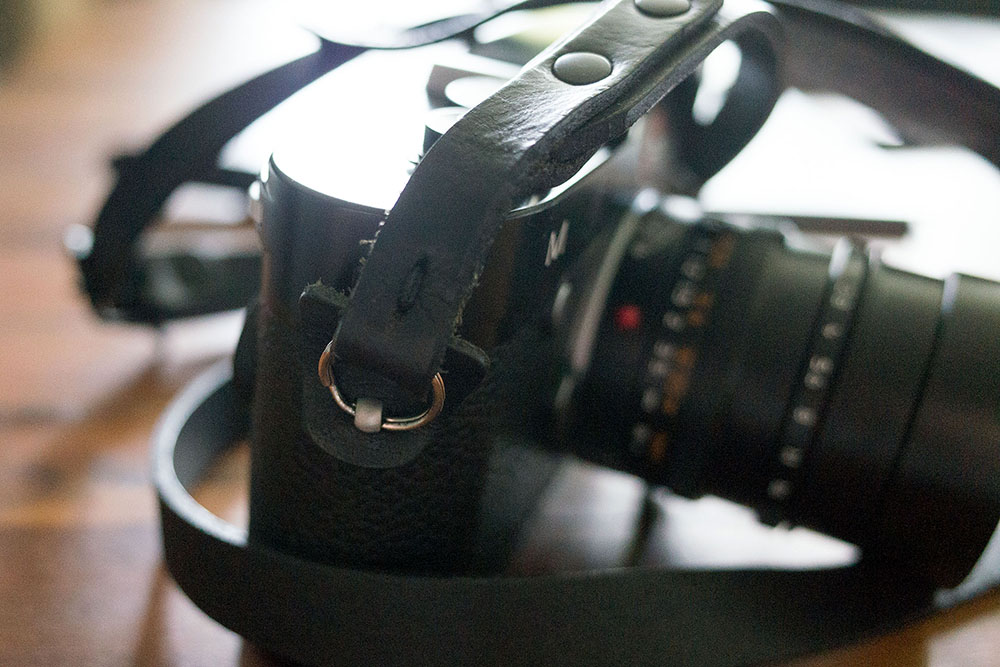Leica Q (Type 116) Review


The Leica Q has been out for nearly a year now, and there are loads of reviews online that discuss the pros and cons of the lens and the sensor and all the technical specifications of this little full frame, fixed lens digital compact camera. People call it the best full frame compact camera ever made and boast about its solid construction and fast lens, but how is it really to shoot with? Does it improve on elements of the Leica M (type 240) or does it lack that "Leica feel?" The primary reason I bought this camera was to have an incredible little carry around 35mm camera and as a companion to my Leica M with a 50mm 1.4 lens. I hope that both cameras working together at an event will provide me enough choice and variation to have similar but different looks. My standard event cameras right now are 2 Canon's, a 5DS with a 24-70mm F2.8 lens and 1DX with a 70-200mm F2.8 lens. While 2 Leica's are not going to give me anywhere near the flexibility of this setup, they are going to force me out of my comfort zone, make me move more for the right images, and hopefully get me some incredible images. I'm not always in the mood for the work that a Leica requires, and often the work I do just won't allow me the time to work with a manual focus rangefinder, but this is where the Leica Q fills in some gaps and hopefully opens me up for some different looking and possibly more creative work.
Leica Q - Price
First, let's begin with the price of this camera. It's definitely on the high end, much higher than any other camera that even comes close to it. You could buy a Sony RXRII and still have over $1000 left to buy a Ricoh GRII, both very similarly slated little cameras. The category these all seem to fit into is "Street camera" which I guess means that they're carry around, unobtrusive fairly wide lens cameras. Funnily enough they're about the same focal length that Apple decided to use for the iPhone. It's actually changed since the iPhone 4S and is now a little wider and even closer to the field of view of the Leica Q. It's not necessarily everyones favorite field of view, and I'd say for a lot of the work I do it lands kind of in the middle of not quite right. It's not wide enough to push an image and have the stylized look of a 16mm-24mm focal length and its not quite tight enough to be distortion free and really throw out the background like a "normal" 50mm lens. However the reason I like the focal length so much is that it is about as wide as you can go without the image showing too much distortion/perspective/wide-angle-ness. It's hard to explain, but when I shoot with a 24mm lens, everything starts to look like its being forced into the frame, the vanishing point is pushed back and everything starts to play into the perspective of a wide lens. That's certainly a look and style that can be used to your advantage. Photojournalists often heavily rely on the wider lenses to really draw people into an image, they shoot close and wide on their subjects, and it creates a definite look. The 50mm lens is often described as normal and I think thats because it really just describes the subject as plainly and with less distortion as possible. People say its hows the human eye sees, but I've never agreed with that. The pictures a 50mm lens make, certainly depict what the human eye sees as plainly as possible without any distortion from the lens, but it crops the world more than what my eyes see. This is possibly turning into a nonessential or even nonsensical ramble about my opinion of shooting super wide, but it does illustrate how comfortable a 28mm field of view feels to me. It's just right. Wikipedia actually describes it perfectly "In photography and cinematography, a normal lens is a lens that reproduces a field of view that generally looks "natural" to a human observer under normal viewing conditions, as compared with lenses with longer or shorter focal lengths which produce an expanded or contracted field of view that distorts the perspective when viewed from a normal viewing distance"

I should also say (rather opinionatedly) that you should never use the crop function in the Leica Q to crop an image to 35mm or 50mm. Just do that in post processing. Unless you are handing the files over to an editor and you don't want to give them the freedom to crop in photoshop, this feature is all but useless in my opinion. Ok, so back to price which is super high, but once you're in the Leica world and throwing around some serious cash for lenses and bodies with little red dots on them, $4000 becomes a number you're not so scared of. You're buying a premium brand with some of the best optics in the industry. I had a 35mm F2.0 Summicron lens that I haven't been using much at all that helped me purchase this camera. The Leica Q has a fixed 28mm F1.7 summilux lens, arguably a more usable lens than the 35mm Summicron that I barely used, so in my gear addled little mind its a sensible conversion. You also need to spend money on good equipment, its not about being the coolest kid on the block or having the better camera than your friends, it's about owning gear that will help you make work that you like. It's about not missing the moment because of bad or unreliable equipment. It's really about not worrying about the tool. Anyone that owns a Leica should feel super fortunate that they have the ability to spend money on such an expensive tool, but I'd also say that anyone who owns a Leica should also realize that it's not the right tool for everyone.
Leica Q - Autofocus

Now, once you've got over the sticker shock of the price, the next feature that I need to talk about is the auto focus. Nobody would have believed that Leica would make an autofocus camera that was any good a few years ago. They just don't seem to rule in that world. I'd always recommend that if autofocus is your main concern, then Nikon are your go to brand. I've been very happy with the more recent 5D models, and always thought my 1D mark IV and 1DX were pretty snappy, but I never bought a Leica for this feature. It's a constant struggle with the Leica M. The 50mm F1.4 lens is a dream wide open, but nailing the focus is always a bit of a gamble. I'm also lazy (and perhaps a little blind) and I trust that a computer will be more accurate than me most of the time. The Leica Q definitely delivers on autofocus, it's snappy and accurate and feels like it has a higher success rate than I manage on a manual focus lens. The menu setup to change autofocus settings is possibly not the most user friendly and I'm still acclimatizing myself to moving the single focus point around, locking focus with the back button, and then finding the focus part of the menu where I can switch to face detection when I'm truly shooting from the hip with my children.
Leica Q - Hands on and Feel
Are you ready, here comes a lot of opinion, hyperbole and quoting people much smarter than myself. People can justify spending a thousand dollars on a pair of jeans and $25,000 on a handbag, so why not $4250 on a small fixed lens compact camera with a red dot. I once photographed the CEO of Warby Parker, David Gilboa. He talked extensively about the pricing structure of the eyeglasses industry and how his company Warby Parker wanted to drastically disrupt the business model. Most interestingly he said how they originally wanted (and were able) to price their product at $45 but consumers did not feel like the product was good enough quality at that price point. Although I've never read anything about Leica admitting the follow the transaction utility and acquisition utility theory, it's definitely one that is a huge part of the brand. It's interesting to read more about this theory by Richard Thaler who says “consumers get two kinds of utility from a purchase: acquisition utility and transaction utility.” As he describes the two, “Acquisition utility is a measure of the value of the good obtained relative to its price, similar to the economic concept of consumer surplus. Conceptually, acquisition utility is the value the consumer would place on receiving the good as a gift, minus the price paid.” In contrast, “Transaction utility measures the perceived value of the ‘deal'. It is defined as the difference between the amount paid and the ‘reference price' for the good, that is, the regular price that the consumer expects to pay for this product.”


To describe how the Leica Q feels without addressing this theory is really ignoring the elephant in the room. So much about owning a premium brand is affected by the consumers emotion. As photographers we carry around these heavy little black boxes everywhere we go. They become a part of us, who we are and how we see ourselves. We handle them more than we do most other possessions we own. You need to feel both comfortable and emotionally engaged with the little buggers. We use them to describe the world around us, and we look through them to crop out everything else and create little photographic memories. The Leica Q does this seamlessly for me. The interaction with operating the camera and making pictures is fairly smooth.
There are definitely some quirks with the menu layout and the custom button functions. There's only really a few features you can set the back button focus to. The buffer could be quicker as I've found myself fairly often waiting for the files to finish writing before I can continue. The usual Leica stuff, where you feel like the computer part is a secondary thought, but after a while it becomes more natural.
Leica Q - Macro Feature
The Leica Q lens has the ability to shoot in macro mode which is a nice benefit to this camera and will certainly get used a lot for food photography. It has a minimum focus distance of 6.69" which is surprisingly close to the subject and allows for a nice alternative view up close. However the maximum aperture in macro mode is F2.8 which is pretty wide open still, but I was a little disappointed to lose nearly 2 stops of light. Thankfully the image stabilization built into this camera is superb and can handle a little slower shutter speed than you'd normally feel comfortable hand holding. I've managed to get surprisingly sharp and steady images at 1/8th of a second. Obviously because of the width of the lens your often battling the light and keeping your looming shadow from appearing in the frame, but thats going to be the case with any 28mm lens.
Leica Q - Protector Case
I prefer the case over the handgrip for one simple reason, unscrewing that handgrip every time you want to access the battery or SD card becomes a major pain. If you're a 'strap free' photographer, or for some reason need that $200 finger loop then you need the grip. Right now I'm sticking with this leather half case by Leica. The battery and SD access is awesome, with its magnetic closure and small pocket for an additional SD card. It changes the ergonomics of the camera a fair bit, and thats not really ideal but the protection for now is important. I'm sure in a year or more I'll have banged the whole system up enough that removing the extra weight of a case makes sense. The underside of the case does not have a tripod mount, which is not an issue for me but will be for some. Buy the case on Amazon here - Leica Q Protector

Buy the Leica Q Case at B&H here - Leica Q Protector for Q Digital Camera (Leather, Black)
Leica Q Review - Conclusion
There's not a simple answer to any of the questions that are raised by the Leica Q. Should I buy this camera? Is the Leica Q worth it? Is the camera better than a Leica M? Is the 28mm focal length right for me? The only real conclusions come when you get to use the camera and see how it feels for you. The focus is snappy, the camera is simple to use and the quality of the files in low light are competitive with current competition. Sure, the writing of files might buffer out a little quicker than you'd like, you may not be able to customize every button you want and it might be pretty expensive for what it is. None of that takes away from the fact that using this camera is an absolute delight, and it takes me back (in maybe a slightly gentler way than the Leica M did) to those old days when you were smitten with just walking around with a camera and taking pictures. At least it's not $10 a roll of film and you have to wait a day for the developer to scratch up all your negs. If you have some old gear laying around and a few grand in the bank I'd highly recommend scratching it all together and grabbing one of these little beauties.
Buy the Leica Q on Amazon here - Leica Q (Typ 116)
Buy the Leica Q at B&H here - Leica Q (Typ 116)
24.2 MP Full-Frame CMOS Sensor
Leica Maestro II Image Processor
Leica Summilux 28mm f/1.7 ASPH Lens
3.68 MP LCOS Electronic Viewfinder
3.0" 1,040k-Dot Touchscreen LCD Monitor
Contrast-Detect AF System
Full HD 1080p Video at up to 60 fps
ISO 50,000 & 10 fps Continuous Shooting
Aluminum & Magnesium Alloy Body Design
Built-In Wi-Fi Connectivity with NFC
The strap attached is a Tamrac Mirrorless strap. They've discontinued them which is a real shame as they're my favorite strap. I reached out to Tamrac directly to order more and they let me know that they have a new strap coming shortly, which I can only hope is as good as the last. If you want to try an overpriced but similar counterpart, "Incase" now make camera stuff, and their strap is fantastic if not fairly expensive ($100).

Buy the Strap on Amazon here - Incase Capture Collection Neck Strap















 and
and  is 3.6lbs, so the
is 3.6lbs, so the 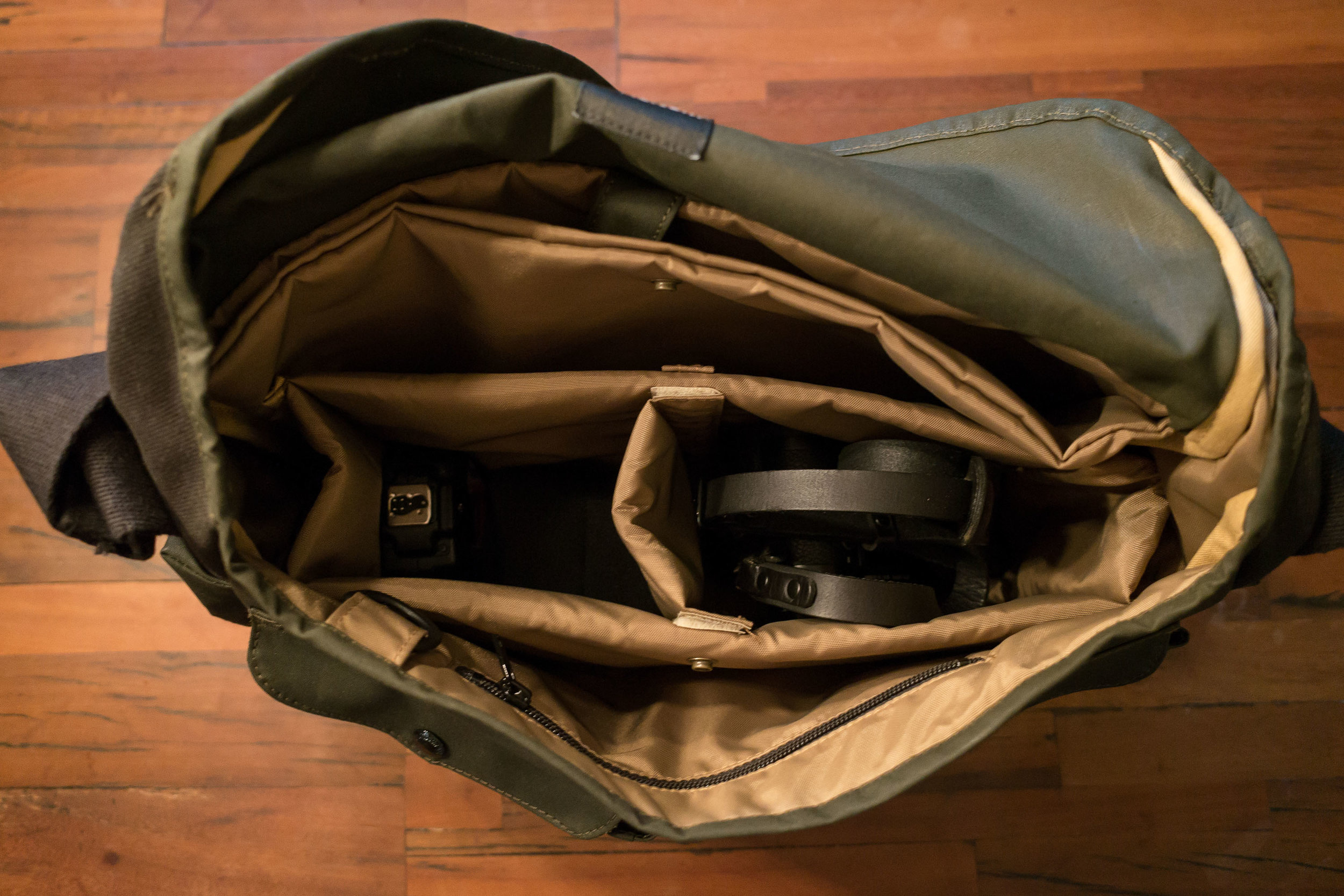


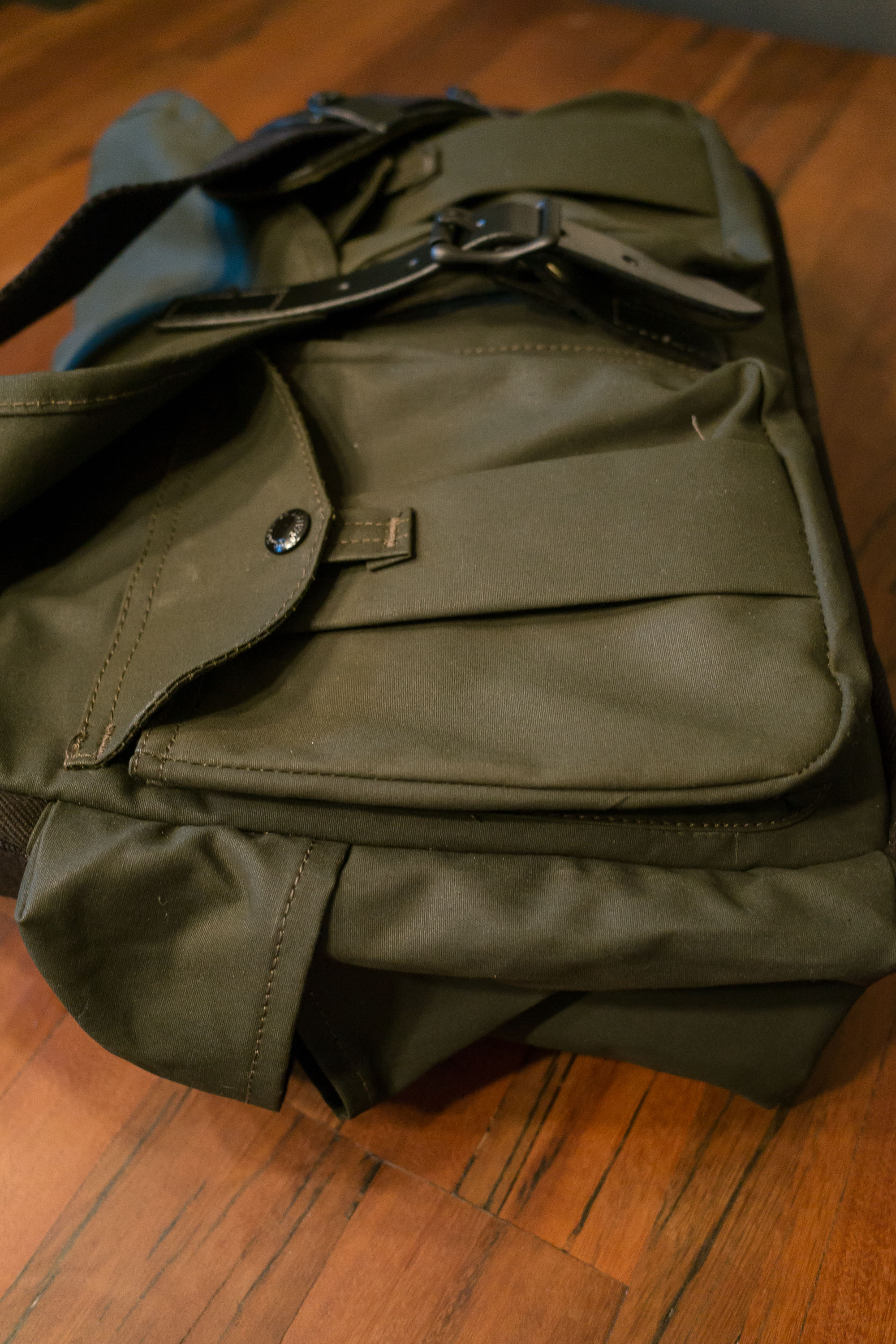
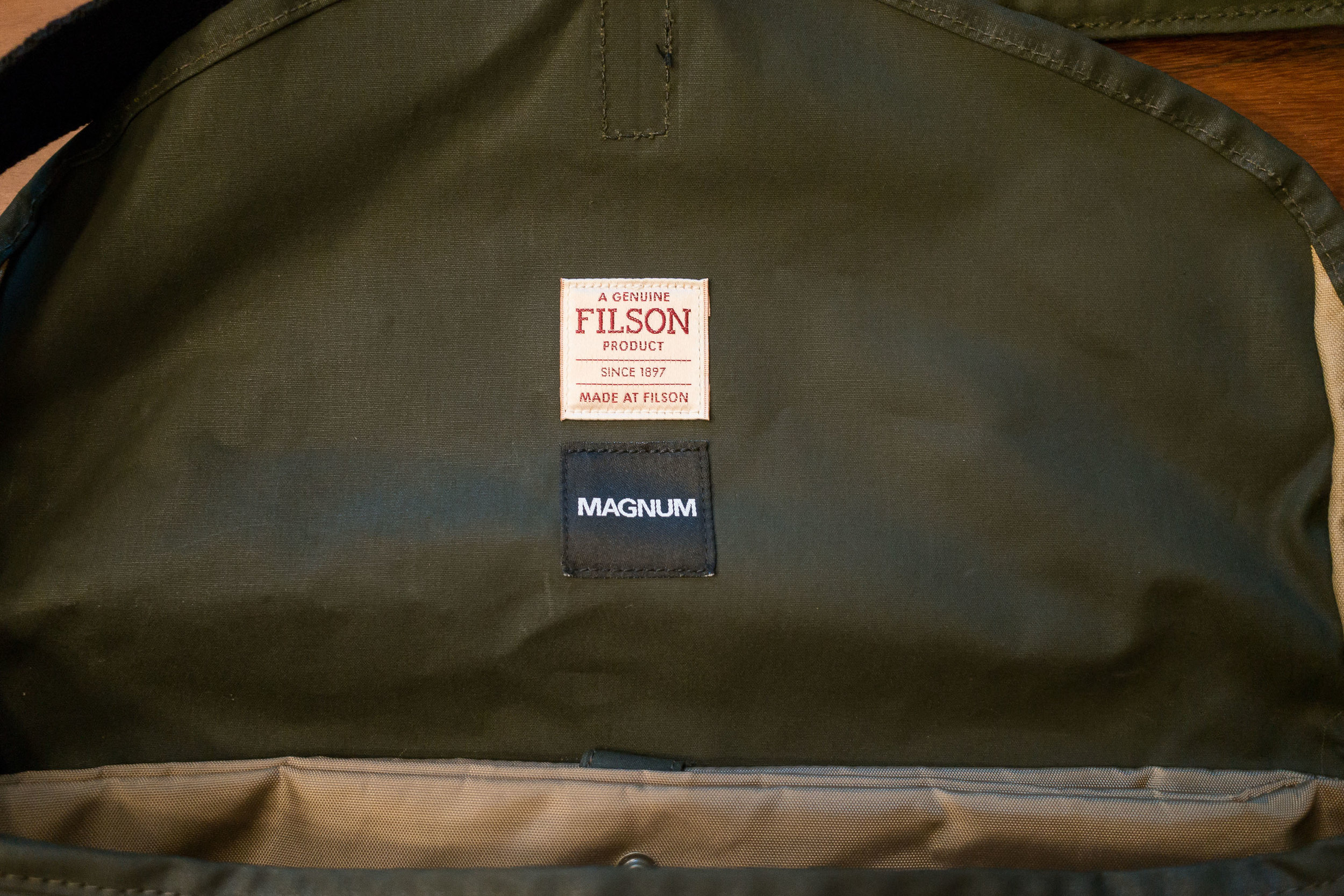


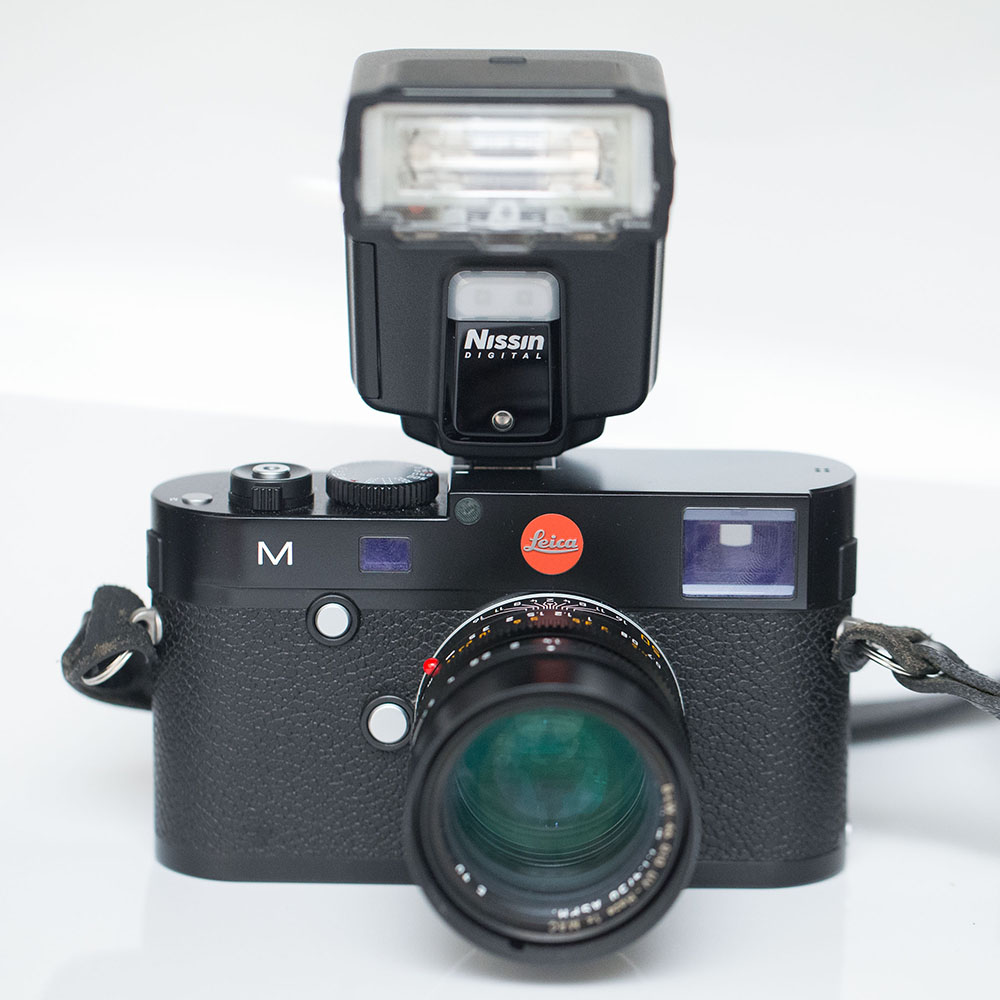 I've been looking for a new compact flash for my Leica for a long time. The
I've been looking for a new compact flash for my Leica for a long time. The 

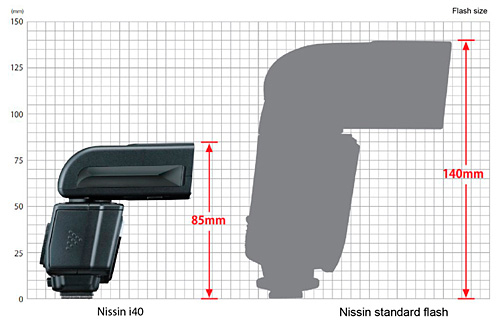
 I had borrowed from Pratt. It came with a 'regular' 80mm lens that I soon swapped for the 65mm lens feeling like it was comfortably wide without looking to gimmicky. I believed in making work during my masters degree that was focused on the content of the image and less about the process or the details of the camera that made it. By shooting with the equivalent of a 35mm lens I could capture a broader scene without getting too much perspective to distract the viewer. The
I had borrowed from Pratt. It came with a 'regular' 80mm lens that I soon swapped for the 65mm lens feeling like it was comfortably wide without looking to gimmicky. I believed in making work during my masters degree that was focused on the content of the image and less about the process or the details of the camera that made it. By shooting with the equivalent of a 35mm lens I could capture a broader scene without getting too much perspective to distract the viewer. The 
 (Beaumont Newhall), but never considered spending the money on such a luxury item, and honestly after reading reviews from the usual Leica-heads was totally turned off. Phrases like "that Leica glow" or long essays about the "
(Beaumont Newhall), but never considered spending the money on such a luxury item, and honestly after reading reviews from the usual Leica-heads was totally turned off. Phrases like "that Leica glow" or long essays about the " came through soon followed by a
came through soon followed by a  Lens. I was beside myself and shot everything I could, not really thinking about all the flaws of the camera. I finally owned a red dot, and if I'm honest the status symbol was a distraction for the work I wanted to start making. It seemed like the closest setup possible to the Mamiya I loved so much in grad school.
Lens. I was beside myself and shot everything I could, not really thinking about all the flaws of the camera. I finally owned a red dot, and if I'm honest the status symbol was a distraction for the work I wanted to start making. It seemed like the closest setup possible to the Mamiya I loved so much in grad school.


